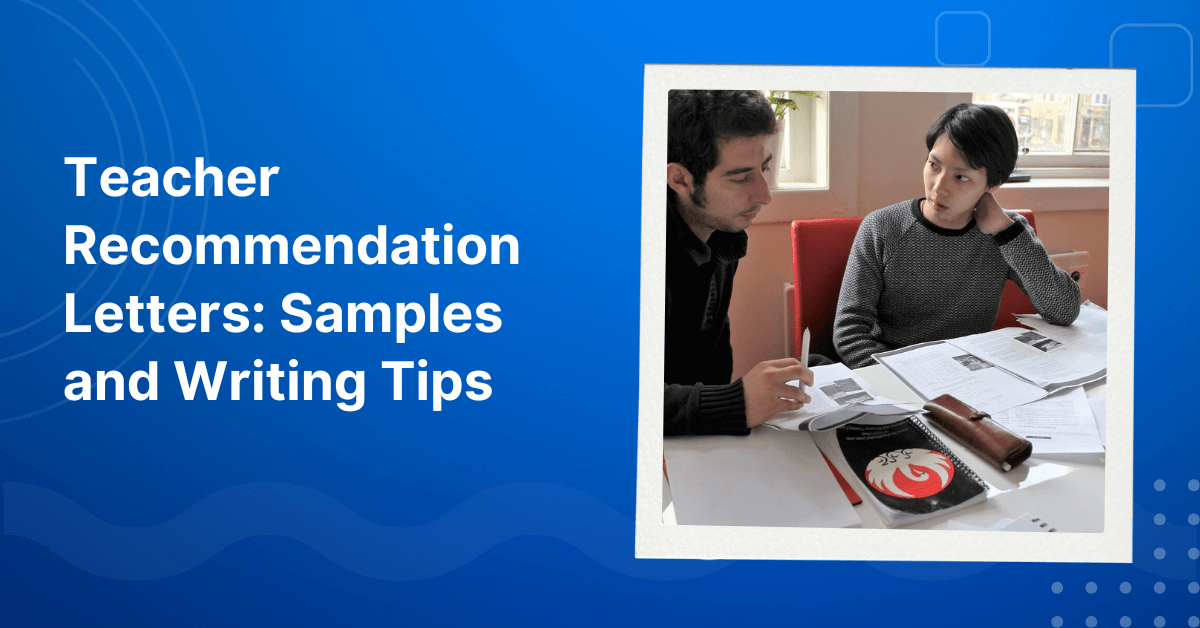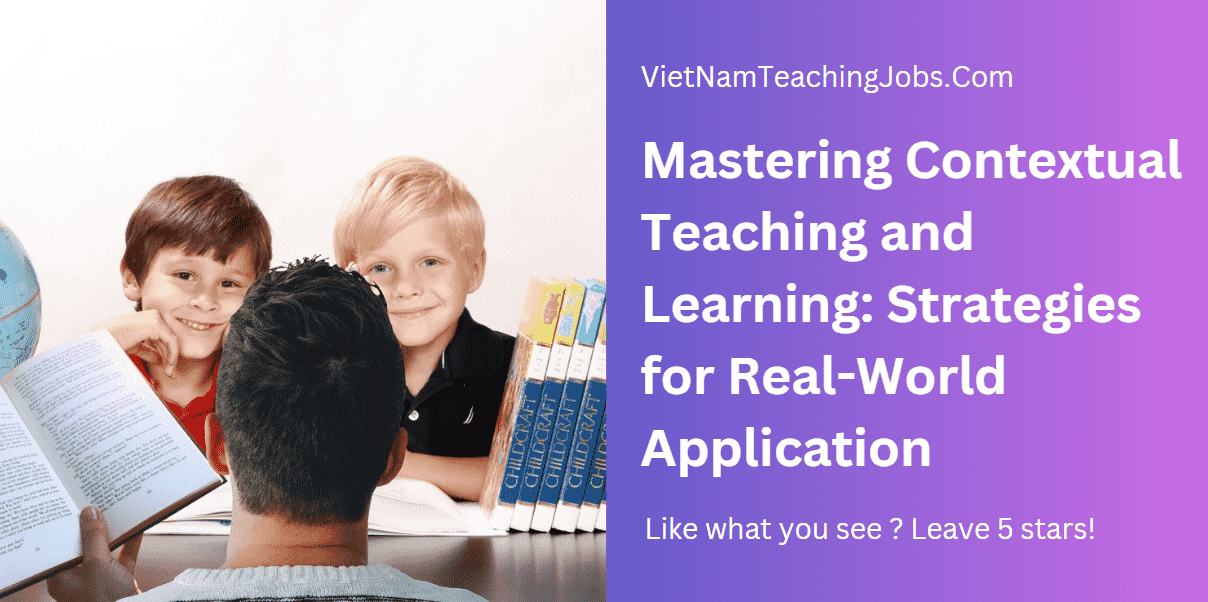Education is a journey of discovery, and Reciprocal Teaching serves as a guiding light in this quest for knowledge. In this article, VTJ will discuss the method called Reciprocal Teaching and explore why it has gained widespread recognition as a powerful learning strategy. Unlock the secrets of this collaborative approach, understand the benefits it offers, and discover how to effectively implement Reciprocal Teaching in your educational endeavors. Also, explore strategies, benefits, and how teachers can effectively implement them in the classroom.
>>>Read more: What is Independent Learning and How It Works: A teacher’s guide
>>>Read more: 13 Types of Students in the Classroom and How to Deal with Them
What is Reciprocal Teaching?
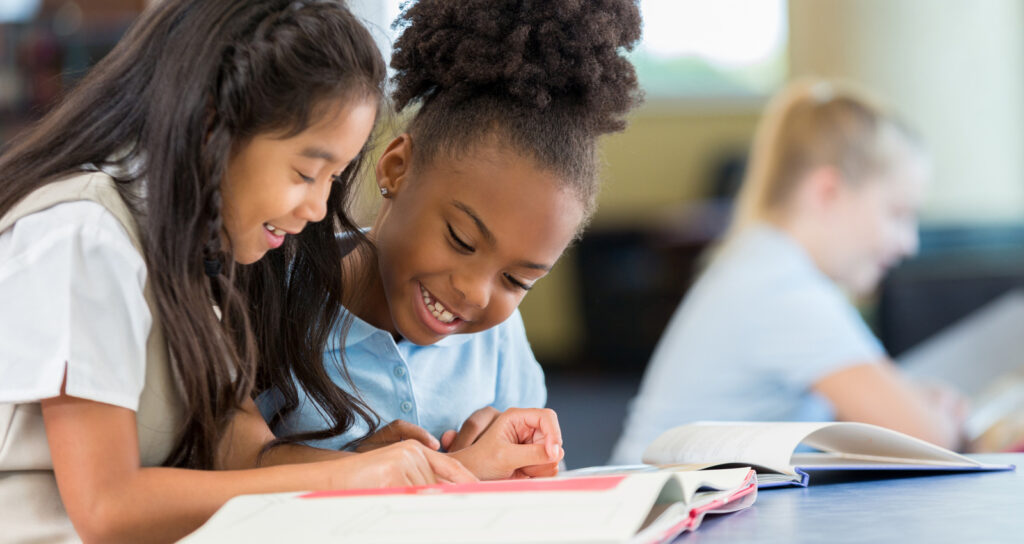
What is Reciprocal Teaching? Reciprocal teaching is an approach to teaching reading comprehension skills
Reciprocal teaching is a structured approach to teaching reading comprehension skills. It involves a collaborative dialogue between the teacher and students, where they take turns assuming the role of the teacher. The process consists of four main strategies: predicting, questioning, clarifying, and summarizing. These strategies help students actively engage with the text, monitor their understanding, and develop critical thinking skills.
>>>Read more: How to Teach Writing Skills to Students Effectively in 8 Simple Steps
In reciprocal teaching, the teacher initially models the strategies and gradually releases responsibility to the students. The teacher’s role includes modeling the strategies, providing explicit instruction, monitoring progress, offering feedback and support, encouraging collaboration, and creating a supportive learning environment.
>>>Read more: 10+ Strategies of How to Teach Reading Comprehension in the Class
What are the Reciprocal Teaching Strategies?

What are the Reciprocal Teaching Strategies?
Reciprocal teaching strategies consist of four essential building blocks: predicting, questioning, clarifying, and summarizing. These building blocks play a crucial role in improving reading comprehension and engagement among students. By utilizing these strategies, students can enhance their literacy skills.
>>>Read more: 5 Types of Teaching Styles (Their Pros & Cons)
Instead of glossing over unfamiliar words, they are encouraged to decipher their meanings, which aids them in current and future readings. Additionally, these strategies help students stay engaged by actively seeking out clues and ideas within the text, fostering sustained interest. Moreover, the four building blocks of reciprocal teaching empower students to boost their reading comprehension. They provide students with the necessary tools to decode texts and comprehend the ideas being presented to them effectively. Furthermore, reciprocal teaching allows students to learn independently or in groups. By engaging in collaborative discussions and teamwork, students can enhance their reading comprehension skills, making them better equipped to work individually on future projects.
>>>Read more: Why Students Get Bored & How to Engage Bored Students in the Class
Why Use Reciprocal Teaching? What Are The Benefits Of Reciprocal Teaching?
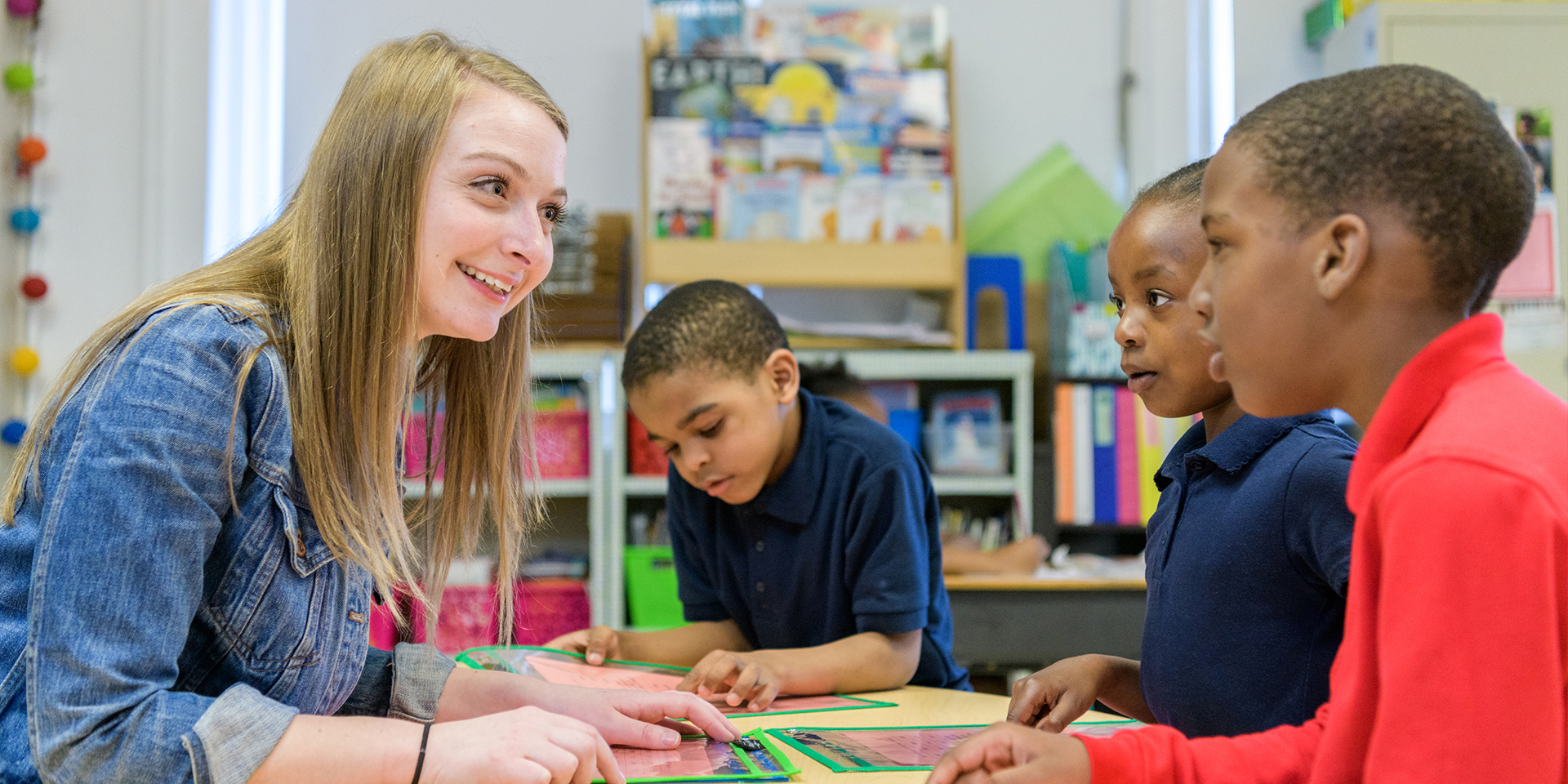
Why Use Reciprocal Teaching? What Are The Benefits Of Reciprocal Teaching?
Reciprocal teaching offers numerous benefits. Below are some reasons why you should consider implementing reciprocal teaching in your classroom:
- Enhanced comprehension: Reciprocal teaching actively engages students in the learning process, leading to improved reading comprehension skills.
- Critical thinking development: By using strategies such as predicting, questioning, clarifying, and summarizing, students develop critical thinking skills and become more independent learners.
- Collaboration and communication: Reciprocal teaching encourages students to work together, fostering collaboration and effective communication skills.
- Increased engagement: The interactive nature of reciprocal teaching keeps students engaged and motivated to actively participate in their learning.
>>>Read more: 21+ Best Classroom Management Books for Teachers
How to Use Reciprocal Teaching: The Four Building Blocks
To successfully implement Reciprocal Teaching, educators can embrace the four building blocks that form its core:
Predicting
Predicting involves making educated guesses about what will happen next in the text. Students use prior knowledge, context clues, and text features to make predictions. This strategy encourages students to actively think about the content and make connections to their own experiences.
>>>Read more: 22+ SMART Teacher Goals Examples in 2023
Questioning
Questioning involves generating questions about the text. Students ask themselves questions to deepen their understanding, clarify confusing parts, and stimulate critical thinking. By asking and answering questions, students actively engage with the material and develop their analytical skills.
>>>Read more: How to Teach Critical Thinking Skills to Students
Clarifying
Clarifying focuses on understanding difficult or unclear parts of the text. Students identify confusing words, phrases, or concepts and work to clarify their meaning. This strategy encourages students to use context clues, dictionaries, or other resources to enhance their comprehension.
>>>Read more: Guide on How to Teach Vocabulary Effectively for Teachers
Summarizing
Summarizing involves condensing the main ideas and key details of the text into a concise summary. Students learn to identify the most important information and express it in their own words. This strategy helps students develop their ability to extract essential information and improve their overall comprehension.
>>>Read more: How To Write a Curriculum in 8 Steps: A Complete Guide
What Is The Teacher’s Role In The Process?
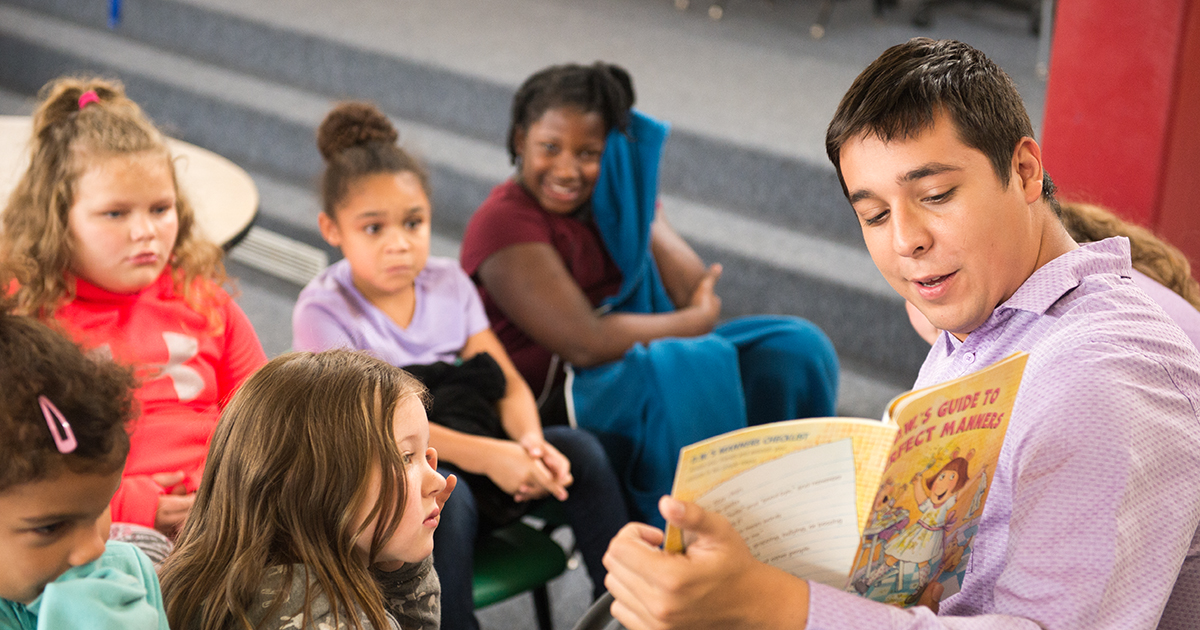
In reciprocal teaching, the teacher plays a vital role as a facilitator and guide
In reciprocal teaching, the teacher plays a vital role as a facilitator and guide. They create a supportive and inclusive learning environment. The teacher’s role includes:
- Modeling the reciprocal teaching strategies and thinking processes.
- Providing explicit instruction on how to use the strategies effectively.
- Monitoring and assessing students’ understanding and progress.
- Offering feedback and support to individual students or groups.
- Encouraging collaboration and discussion among students.
- Creating a supportive and inclusive learning environment.
>>>Read more: 4 Types of Learning Styles: How to Use VARK Model in Teaching
>>>Read more: How To Write a Lesson Plan in 6 Steps: The Complete Guide
Reciprocal teaching is a highly instructional strategy that promotes active learning effectiveness and students’ reading comprehension skills. By engaging students in a collaborative learning process, reciprocal teaching encourages them to become active participants in their own learning journey. Hopefully the above article, VTJ will help you understand a new teaching strategy to apply on your educational journey.
FAQ
What is a weakness of reciprocal teaching?
One weakness of reciprocal teaching is that it may require significant time and effort to implement effectively. The structured nature of the strategy, with students taking turns as teachers and engaging in collaborative discussions, demands careful planning and monitoring from the educator. This can be challenging in larger classrooms or when facing time constraints. Additionally, some students may feel hesitant or uncomfortable taking on the role of the teacher, leading to potential participation disparities among students. Addressing these challenges through proper training and support can help mitigate this weakness and ensure the successful implementation of reciprocal teaching.
Are you facing difficulties in finding and securing teaching positions in Vietnam? Are visa procedures causing you trouble? Feeling overwhelmed and directionless upon your arrival in Vietnam for teaching assignments? Don’t worry, VTJ’s English Teaching Placement in Vietnam (EPIV) Program 2024 provides comprehensive support to solve ALL the matters.
👉👉👉 Click HERE to request free consultation


